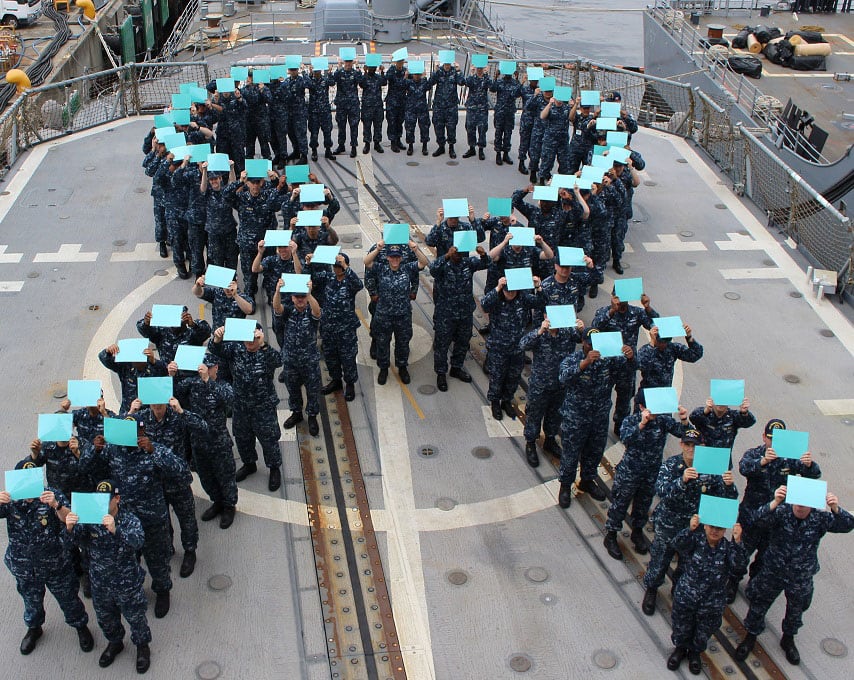Just 12 percent of troops identify as something other than heterosexual, yet they account for roughly half of sexual assault survivors ― especially men ― according to Defense Department data analyzed by Rand Corp.
The study, released Wednesday, suggests that not only does DoD need to do more to understand the potential dynamics at play when a lesbian, gay or bisexual service member is assaulted, but that training materials need to focus more on these groups, rather than on the presumption that men are perpetrators and women are victims.
“In particular, it would be critical to learn if sexual assaults on service members who do not describe themselves as heterosexual are primarily hate crimes or harassment based on sexual orientation rather than crimes with sexual motives,” according to the report. “The Uniform Code of Military Justice does not require that there be a sexual motive to charge an attacker with sexual assault.”
Essentially, the study asks the question of whether some of these assaults are motivated by targeting a person because they are a member of a minority.
However, the survey doesn’t ask questions about whether the survivor felt targeted in that way, or about the attacker’s sexual orientation.
The study pulled data from the 2016 and 2018 biennial Workplace and Gender Relations Survey of Active Duty Members, the first two years that the survey included questions about sexual orientation.
According to the 2018 numbers, troops who didn’t identify as heterosexual “represented only 12 percent of the active component population in 2018, but accounted for approximately 43 percent of all sexually assaulted service members in that year.”
The results were fairly consistent for men and women, as well. Of the men who particoated in the survey, 91 percent were heterosexual and accounted for 52 percent of those who were assaulted, while the other 9 percent made up the remaining 48 percent of survivors.
There were fewer heterosexual women in the study, 77 percent, and they made up 60 percent of survivors. Their non-heterosexual counterparts, 23 percent, were reportedly 48 percent of the survivors.
“However, we have seen little focus on sexual assaults against LGB service members in DoD prevention materials, research, or public discussion of sexual assault in the military,” according to the report.
RELATED

It’s worth looking into whether assaults against LGB troops could be classified as hate crimes, the authors suggested.
“Indeed, we know from the WGRA surveys that 38 percent of sexual assaults of men and 20 percent of sexual assaults on women were described by victims as committed with the intent to humiliate or demean them,” they wrote.
Many sexual assaults, especially those against men of any sexual orientation, are reported in the context of hazing, the researchers noted, but there could be another element at play for troops who identify as LGB.
“This would be consistent with reports that sexual minorities in the military experience high rates of threats, intimidation, vandalism to their personal property, and other types of physical assaults,” according to the report.
The WGRA surveys don’t ask participants to identify whether they believe their assaults were motivated by sexual gratification or something like humiliation, according to Rand, but researchers suggested it would make sense to add questions to seek that context.
Meghann Myers is the Pentagon bureau chief at Military Times. She covers operations, policy, personnel, leadership and other issues affecting service members.





